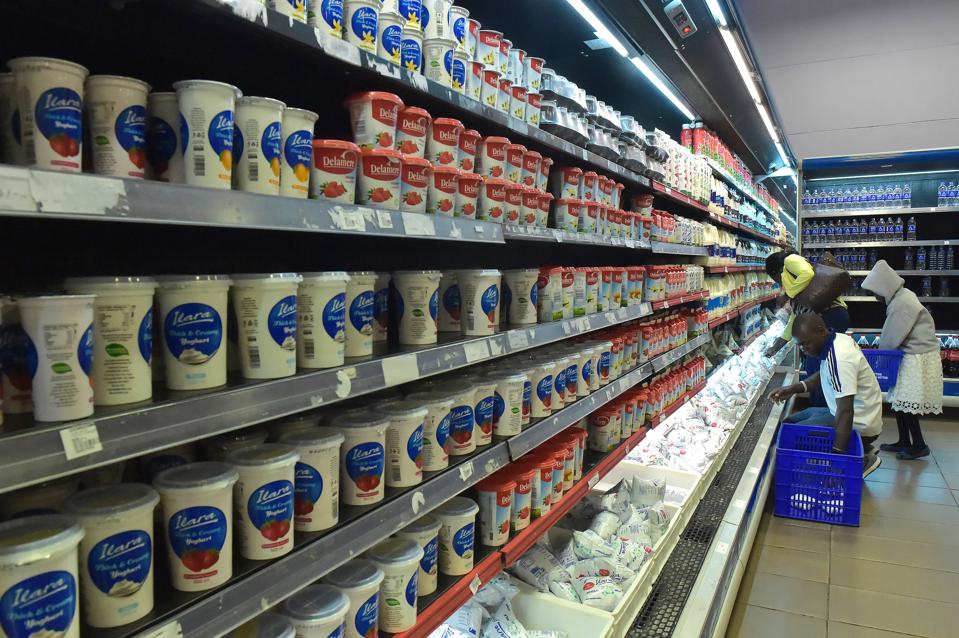Brands spend a significant amount of time maintaining shelf space through merchandising to make sure that their products are visible and easily accessible to their consumers. If you do understand the essence of good merchandising then you know that it moves goods towards people. A well laid out shelf is visibly inviting which ultimately contributes to sales.
Different brands arrange their products in certain ways with the intent of helping people easily identify their brand when making their selections. A well known way of increasing brand visibility at the supermarket/store using merchandising is through Facings.
Meaning of Facings
Facings has two meanings to it.
As a Noun: Facings are the number of products/ SKUs placed on the shelf facing out towards the customer. Example, when a customer approaches the cooking oil section, they might note that they are able to see 8 facings of your product while a competitor brand might have 3 facings.
As a Verb: Facing is the physical act of placing or moving products to the front of the shelf for visibility.
What’s the importance of Facings
Proper facing has a huge impact on general customer perception.
Take an example of a hair product lined up to cover approximately 3 meters of shelf space with a total of 15 facings. Even without filling the rows behind the one at the front, there is already an illusion of a full stock of this product. The human mind automatically picks this as a superior brand to the rest and hence opting to go with the brand. Verifying this, I was shopping the other day and was picking up cooking oil. When I got to the aisle, I was met with an endless view of a particular famous brand. This particular product had facings that covered more than half the aisle. Without blinking, I opted for this brand as I concluded they must be well stocked as they sell fast giving me confidence in the brand.
Aside from your product standing out, it is a plus for exceptional customer experience as your product is easy to spot and access. Remember when I talked of Low friction, high reward? Customers do not want to work hard when they are shopping. From their perspective: They go looking for a certain product and are met with a range of products they are not familiar with, this is including yours. Your brand however, covers more facings and looks like it’s filled the shelves. You can already guess who will win the sale. You. Again, the human mind.
So how is it determined?
By now, you already have a brief idea of how this works. As a store/ Supermarket owner, I care about making profit and selling and I can only achieve this by providing top-selling products with more space. So how do I calculate who or which brand gets a high number of facings? The brand performance. Typically, the amount of sales made by the brand determines their allocation. In other words, brands that sell, receive high number of facings.
Calculating Facings
One of the most precise approaches is to measure the total SKUs on the shelf—yours and your competitors’—and divide by the number of yours. Of course, this takes time and may limit the other activities of merchandisers.
Short tips on Facing
- Always make sure product labels are facing the customer.
- F.I.F.O rule applies for perishable goods. First in, first out. Always move the oldest products to the front of the shelf.
- Dust, clean and organize your products, your shelf space too.
- As the label is clear, so should your pricing be.
- Negotiate for proper shelf space. Do your research and inform your merchandisers on key spaces to negotiate for.
What is your take on facings? Do you think they actually contribute towards sales and brand visibility? Let me know.


